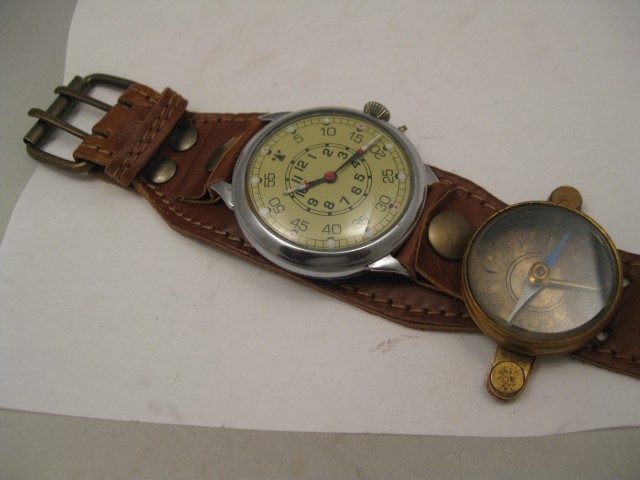Time was told for centuries using sundials and hourglasses. The spring mechanism for the clock was invented in the 1400s, but the clock remained a non-moveable object until the 18th and 19th centuries when people are reported to have started wearing pocket watches.
Wristwatches began as a piece of jewellery worn by women in the 1800s. But the inventor remains unclear. Some believe Patek Philippe began the use of wrist watches, but there is evidence of wrist watches prior to the company being established.
It was the women’s wrist watch that morphed into a more practical time-telling accessory for men and the general public more widely.
What drove the wristwatch into the mainstream was war. It was essential for officers and troops on the battlefield to be able to tell the time.
It began in 1880 when Kaiser Wilhelm I asked Swiss watchmaker Girard-Perregaux to create a watch on a wrist strap. The design had a metal grill across the front of the watch face in order to protect its glass covering.
While these were practical for the battlefield they weren’t well like by men back home. Twenty years later, they were used in the Boer War in South Africa. But still they did not come into the mainstream, with British military uniforms still being produced with pocket watches.
Wristwatches were seen to be not as reliable as pocket watches, as well as being thought more of a female accessory than a practical watch for a man. When World War One began the wristwatch became a necessary piece of kit for servicemen around the world.
It was trench warfare that made the wristwatch such an essential tool. As soldiers held guns, whistles and other kit in their hands there was simply no room for a pocket watch. So a quick glance at the wrist became the norm.
This new use meant that manufacturers began developing wristwatches that were hardy and could withstand being worn on the wrist. Many watchmakers including Cartier, Omega, Longines and Rolex began manufacturing wristwatches for the military, the Boing Boing reports.
In 1915 the annual meeting of the National Retail Jewelers’ Associationincluded the first mention of wristwatches for military use. They also featured watches that had dials made of radium which would enable soldiers to see the time in the dark, some even included a compass.
As the practicalities of the wristwatch became evident, their use became more widespread and mainstream in civilian life.

